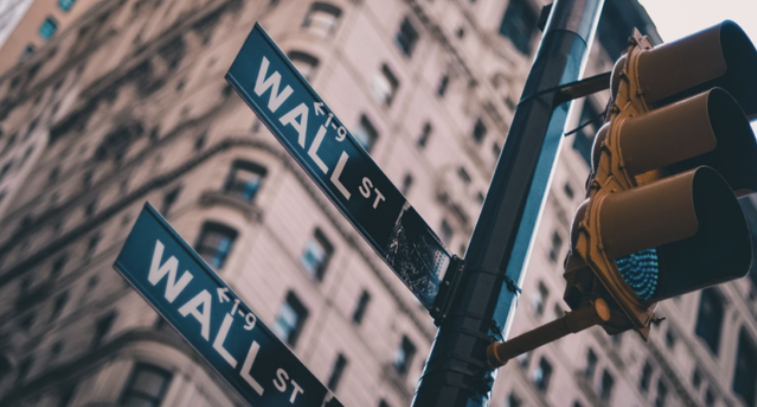Navigating Market Trends: Q3 Recap and Q4 Outlook
As we bid farewell to the third quarter of 2023, it’s time to reflect on the market’s performance and prepare for what lies ahead in the final stretch of the year. The past few months have been marked by significant shifts and challenges, but they have also unveiled opportunities for savvy investors.
Stalling in the 3rd Quarter: A Familiar Tune
In a familiar tune, the 2023 market rally hit a roadblock during the third quarter. Historically, the third quarter often experiences a slowdown in momentum, and this year was no exception. The months of August and September witnessed notable weakness, driven by a trifecta of formidable forces:
- Strong Dollar: A robust dollar exerted pressure on various aspects of the market, impacting trade and corporate earnings.
- Rising Oil Prices: Escalating oil prices raised concerns about inflation and energy costs, causing ripples across the financial landscape.
- Highest Rates in 20 Years: Interest rates climbed to their highest levels in two decades, impacting borrowing costs and investment decisions.
Looking Ahead to the 4th Quarter: Embracing Seasonal Strength
Amidst the challenges of the 3rd quarter, there is a beacon of hope on the horizon. The 4th quarter has a historical track record of strength, and this year is no different:
Spot-On Seasonality: In 2023, seasonality has been strikingly accurate. Positive returns in January foreshadowed a robust first half, setting the stage for a predictable end-of-quarter selloff.
Historical Insights: A noteworthy historical trend suggests that when the market posts a 10% gain in the first three quarters and experiences a selloff of at least 1% in September, it has resulted in a market upswing in 12 of the last 13 4th quarters, boasting an average gain of 7%.
The Cautionary Tale of Volatility and the Fed
While the 3rd quarter’s volatility remained subdued, it serves as a reminder that unforeseen challenges may still emerge. A spike in volatility has not materialized while equities have fallen to new relative lows.
Moreover, the Federal Reserve’s role in shaping the economic landscape cannot be overstated. As the Fed deliberates on its rate hikes, it’s vital to remember that these decisions are intricately linked to the health of the economy. The aggressive rate hikes we’ve witnessed are a response to the current robust economy. Yet, a pause in rate hikes may signal a slowdown, and if the market starts pricing in rate cuts, it could indicate potential challenges stemming from restrictive lending.
The Yield Curve: A Barometer of Market Sentiment
One key indicator to watch closely is the yield curve. The 2-year yield recently peaked at nearly 5.18%, marking its highest level since 2007. Currently, it is on a downward trajectory, while the 10-year yield is stabilizing around 4.50%. This shift is bringing the yield curve closer to its typical non-inverted shape. It’s crucial to remember that while an inverted yield curve is often correlated with recessions, an actual recession typically occurs after the curve has normalized. As the curve approaches flatness, especially with the 2-year yield decreasing while the 10-year yield remains steady, it may signify growing market concerns about the economy.
In conclusion, as we transition into the 4th quarter, we must remain vigilant, adaptive, and well-informed. While historical patterns offer guidance, the ever-evolving economic landscape demands a nuanced approach. The lessons of the 3rd quarter should not be forgotten, and the opportunities of the 4th quarter should be embraced with careful consideration of these critical indicators.
 Joe Tigay
Joe Tigay 


